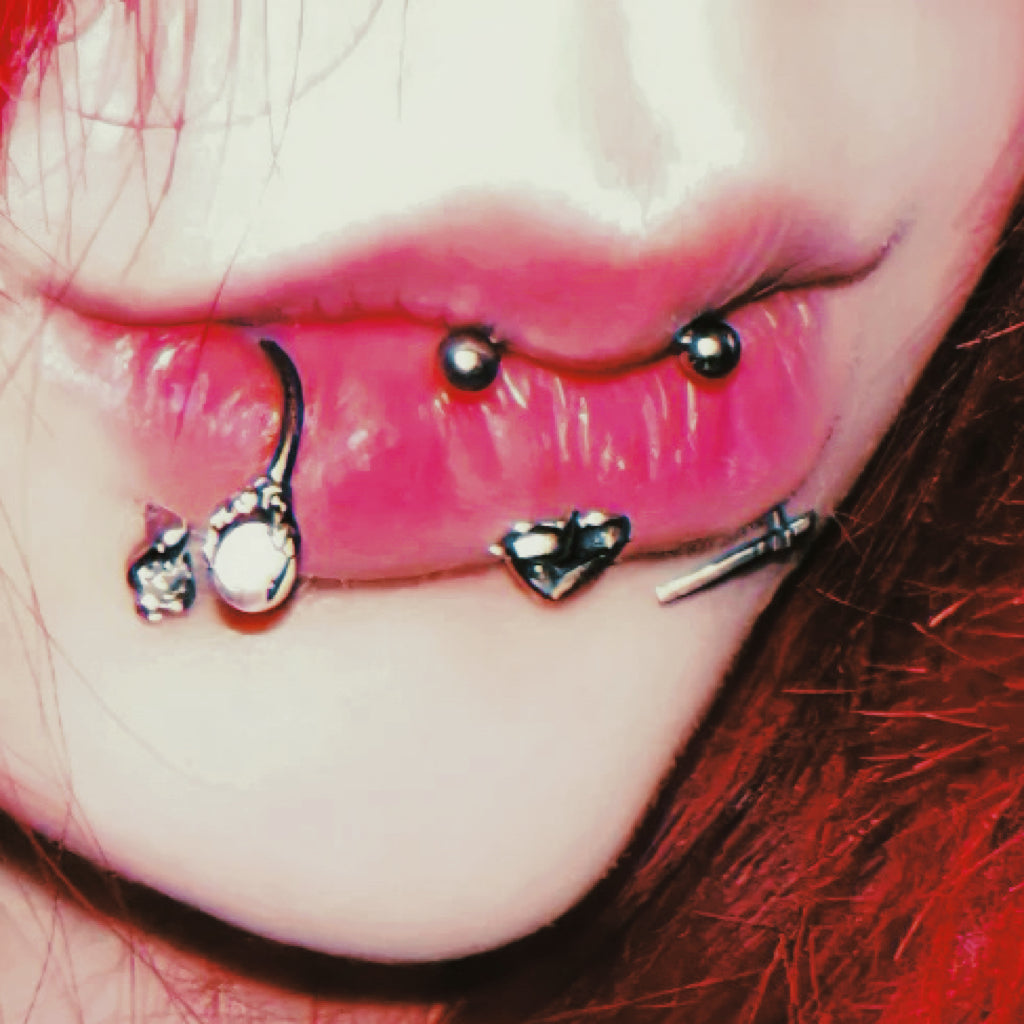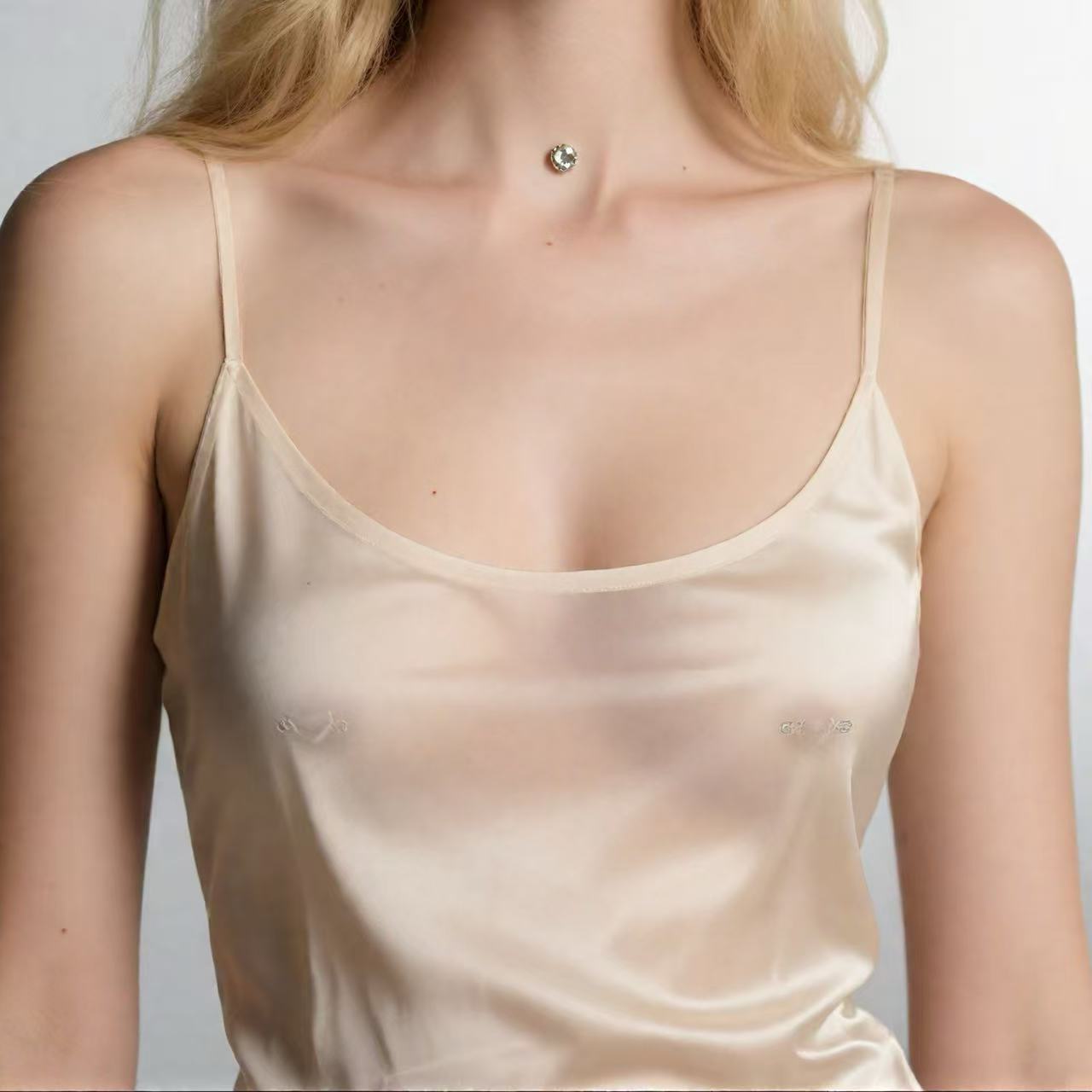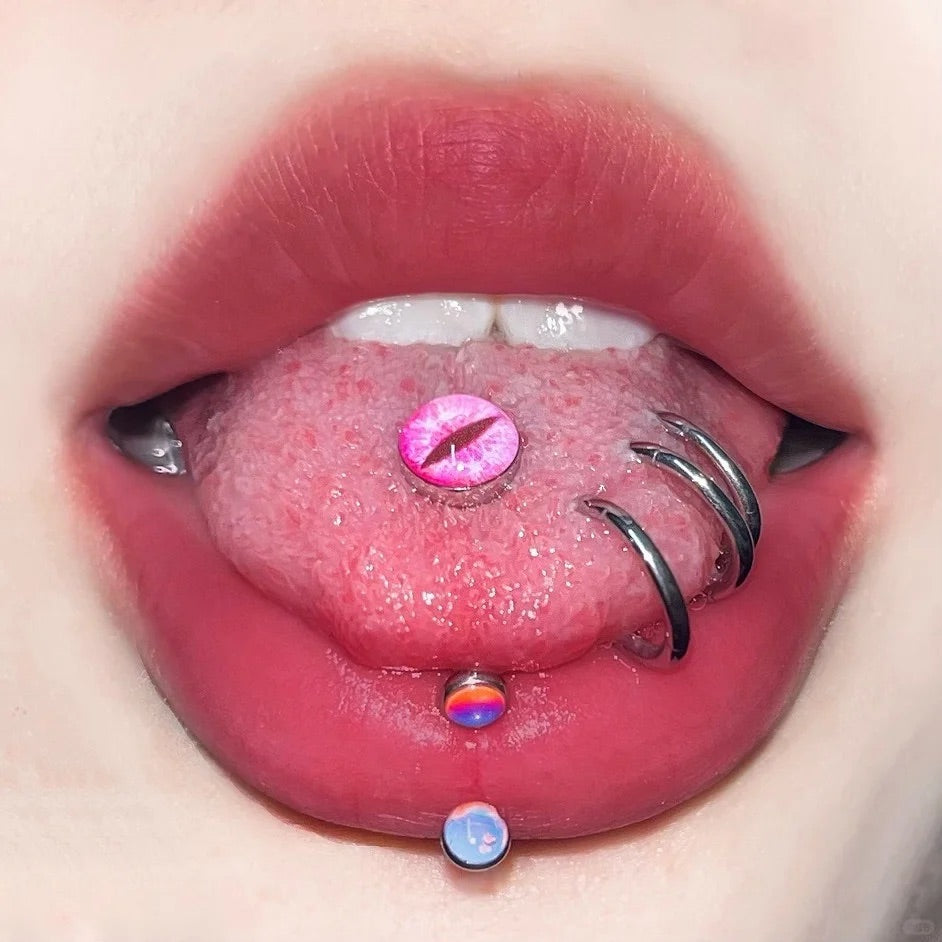
The Complete Guide to Lip Piercings: Types, Aftercare, and Safety
Introduction to Lip Piercings
Lip piercings have transcended time and culture, from ancient tribal rituals to modern fashion statements. Historically, lip piercings held cultural significance and symbolic meaning in various societies worldwide. The African tribes used ivory, metal, or even quartz crystal for their lip piercings, while the Eskimos used bones from animals like seals7. The Aztecs reserved gold labrets and serpent-shaped ornaments for their leaders, making them status symbols7. Today, they remain a popular form of self-expression and body art across the globe, allowing wearers to showcase their individuality through different styles and jewelry choices.
If you're considering getting a lip piercing, this comprehensive guide will provide you with essential information on types, procedures, aftercare, and potential risks—ensuring you make an informed decision and maintain your new piercing properly.
Types of Lip Piercings and Placement
Lip piercings offer a diverse range of styles, each with its unique placement and aesthetic. The most common types include:

Table: Common Lip Piercing Types and Features
| Piercing Type | Placement | Jewelry | Pain Level | Healing Time |
|---|---|---|---|---|
| Labret | Below center of lower lip | Labret stud | Moderate | 6-8 weeks |
| Monroe/Madonna | Upper lip (left/right side) | Flat-back labret | Low | 6-10 weeks up to 9 months |
| Medusa/Philtrum | Center of philtrum (above upper lip) | Labret stud | Moderate | 6-12 weeks |
| Vertical Labret | Vertically through lower lip | Curved barbell | Moderate | 6-8 weeks |
| Snake Bites | Both sides of lower lip | Two labret studs or rings | Moderate | 6-8 weeks |
| Spider Bites | Close together on one side of lower lip | Two labret studs | Moderate | 1-3 months |
| Dahlia Bites | Corners of the mouth | Labret studs | Moderate-High | 12-20 weeks |
| Jestrum | Vertical upper lip piercing | Curved barbell | Moderate | 6-12 weeks (external), up to 6 months (internal) |
| Ashley | Through center of lower lip | Flat-back labret | Moderate | Up to 4 months |
| Cyber Bites | Medusa + standard labret combination | Labret studs | Moderate | 6-8 weeks |
| Dolphin Bites | Two close piercings under center of lower lip | Labret studs | Moderate | 6-8 weeks |
| Shark Bites | Four piercings (two on each side of lower lip) | Labret studs or rings | High | 8-12 weeks |
The Professional Piercing Process: What to Expect
Getting a lip piercing should always be performed by a professional piercer in a sterile environment. Here's what the typical process involves:
-
Consultation: Your piercer will discuss your desired piercing, check your anatomy, and help you choose the right jewelry.
-
Preparation: The area is cleaned with an antiseptic solution, and placement is marked with a surgical pen for precision.
-
Piercing: Using a sterile, single-use needle, the piercer creates the puncture quickly and accurately. The jewelry is immediately inserted.
-
Aftercare instructions: Your piercer will provide detailed cleaning and care guidelines.
Never attempt a DIY lip piercing using safety pins, sewing needles, or piercing guns, as these can lead to serious complications like infection, excessive bleeding, or permanent scarring13.
Healing Time and Aftercare Guidelines
Proper aftercare is crucial for preventing infection and ensuring your lip piercing heals correctly. Healing times vary by piercing type but typically range from 6-8 weeks for basic labrets to 3-4 months for more complex piercings like Jestrum or Ashley piercings2.
Essential Aftercare Practices:
-
Cleaning Routine: Clean your piercing 2-3 times daily with a sterile saline solution (containing only salt and water). Avoid products with additives like tea tree oil, which can irritate new piercings1. Gently remove any crustiness with a cotton swab dipped in saline.
-
Oral Hygiene: Rinse your mouth with an alcohol-free mouthwash after eating or drinking to prevent food particles from entering the piercing1. Brush your teeth carefully to avoid snagging the jewelry.
-
Dietary Considerations: For the first week, stick to cool, soft foods and avoid spicy, salty, or acidic items that might irritate the piercing39. Also avoid hot beverages initially.
-
Avoid Irritants: Refrain from smoking, alcohol consumption, and kissing during the initial healing period (at least 2-3 weeks)1. Be cautious with lip products—avoid lipstick, lip balm, or cosmetics near the piercing until fully healed9.
-
Hands Off: Resist touching, twisting, or playing with your jewelry, as this can introduce bacteria and delay healing3.
📝 Note: Some pinkish or reddish discoloration and crust formation around the piercing site is normal during healing1. However, if you experience excessive swelling, throbbing pain, yellow or green discharge, or fever, seek medical attention immediately, as these may indicate infection3.
Potential Risks and Complications
Like any body modification, lip piercings carry some risks:
-
Infection: Improper aftercare can lead to bacterial infections3. Signs include increased redness, swelling, pain, and pus discharge.
-
Allergic Reactions: Some people may react to certain jewelry materials, particularly those containing nickel3. Symptoms include itching, redness, and rash around the piercing site.
-
Gum and Tooth Damage: Oral piercings can contact teeth and gums, potentially causing enamel wear, tooth chipping, or gum recession35. Using appropriately sized jewelry with flat backs can minimize this risk.
-
Scarring and Keloids: Abnormal healing may lead to hypertrophic scarring or, rarely, keloids (though true keloids are a genetic disorder affecting only about 10% of the population)3.
-
Piercing Rejection: Your body may treat the jewelry as a foreign object and attempt to push it out, especially if the piercing is too shallow or experiences trauma3.
⚠️ Important: If you experience persistent pressure on your teeth or gum irritation despite proper jewelry size and style, you may need to remove the piercing to prevent permanent damage1.
Jewelry Selection and Materials
Choosing the right jewelry is essential for both comfort and safety. Initial jewelry should be:
-
Material: Implant-grade titanium (ASTM-F136), 14k or 18k gold (nickel-free), or surgical stainless steel are recommended5. Avoid jewelry containing nickel or copper, which can cause allergic reactions5.
-
Size: Initial jewelry is typically longer to accommodate swelling (usually 5/16 to 7/16 inch for labret posts)1. After healing, you can switch to a shorter piece to prevent oral damage.
-
Style: Labret studs with flat backs are common for many lip piercings, as they minimize contact with teeth and gums1. Curved barbells are used for vertical piercings, and captive bead rings or circular barbells are options for styles like snake bites2.
Table: Jewelry Materials Comparison
| Material | Pros | Cons | Best For |
|---|---|---|---|
| Implant-Grade Titanium | Hypoallergenic, lightweight, durable | Higher cost | Initial piercings, sensitive skin |
| 14k/18k Gold | Aesthetic appeal, durable | Can be expensive, may contain alloys | Healed piercings, those without metal allergies |
| Surgical Stainless Steel | Affordable, widely available | May contain nickel | Those without nickel allergies |
| Niobium | Hypoallergenic, can be anodized | Limited styles | Sensitive skin, metal allergies |
Final Considerations and Advice
Before getting a lip piercing:
-
Research thoroughly: Choose a reputable piercing studio with certified professionals who follow strict hygiene protocols5.
-
Consider professional implications: Some workplaces may have policies regarding visible facial piercings.
-
Evaluate your lifestyle: Contact sports, musical instruments, or certain activities might need to be avoided during healing.
-
Budget appropriately: Costs vary but typically range from $30-$100 per piercing, plus jewelry2. Remember: quality and safety are worth investing in.
If you decide to proceed, proper aftercare and regular check-ups with your piercer will help ensure your new lip piercing heals well and remains a stylish addition to your look.
Conclusion
Lip piercings offer a versatile and expressive form of body modification, with numerous styles to suit different preferences. By understanding the types available, following proper aftercare protocols, and being aware of potential risks, you can enjoy your piercing while minimizing complications. Always prioritize safety by choosing an experienced piercer and quality jewelry—your body and your style will thank you.


